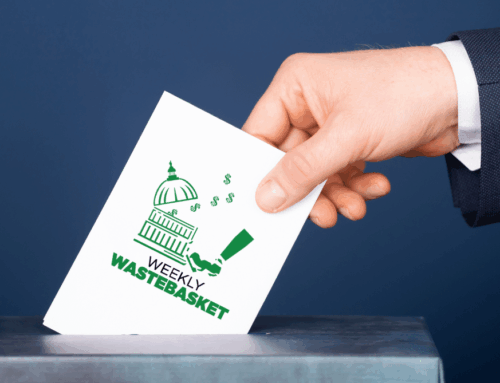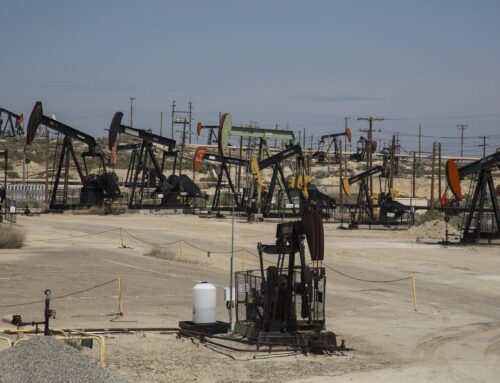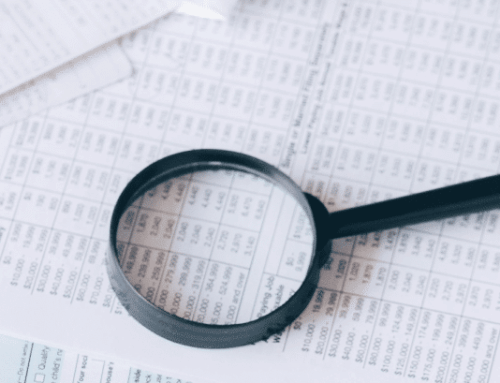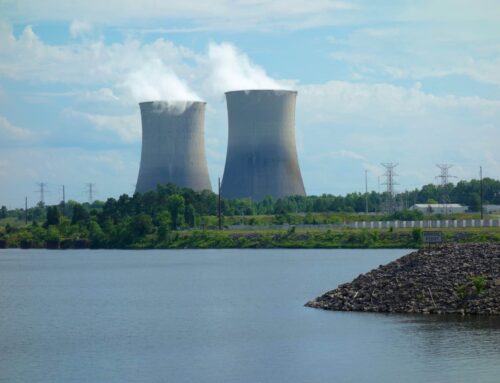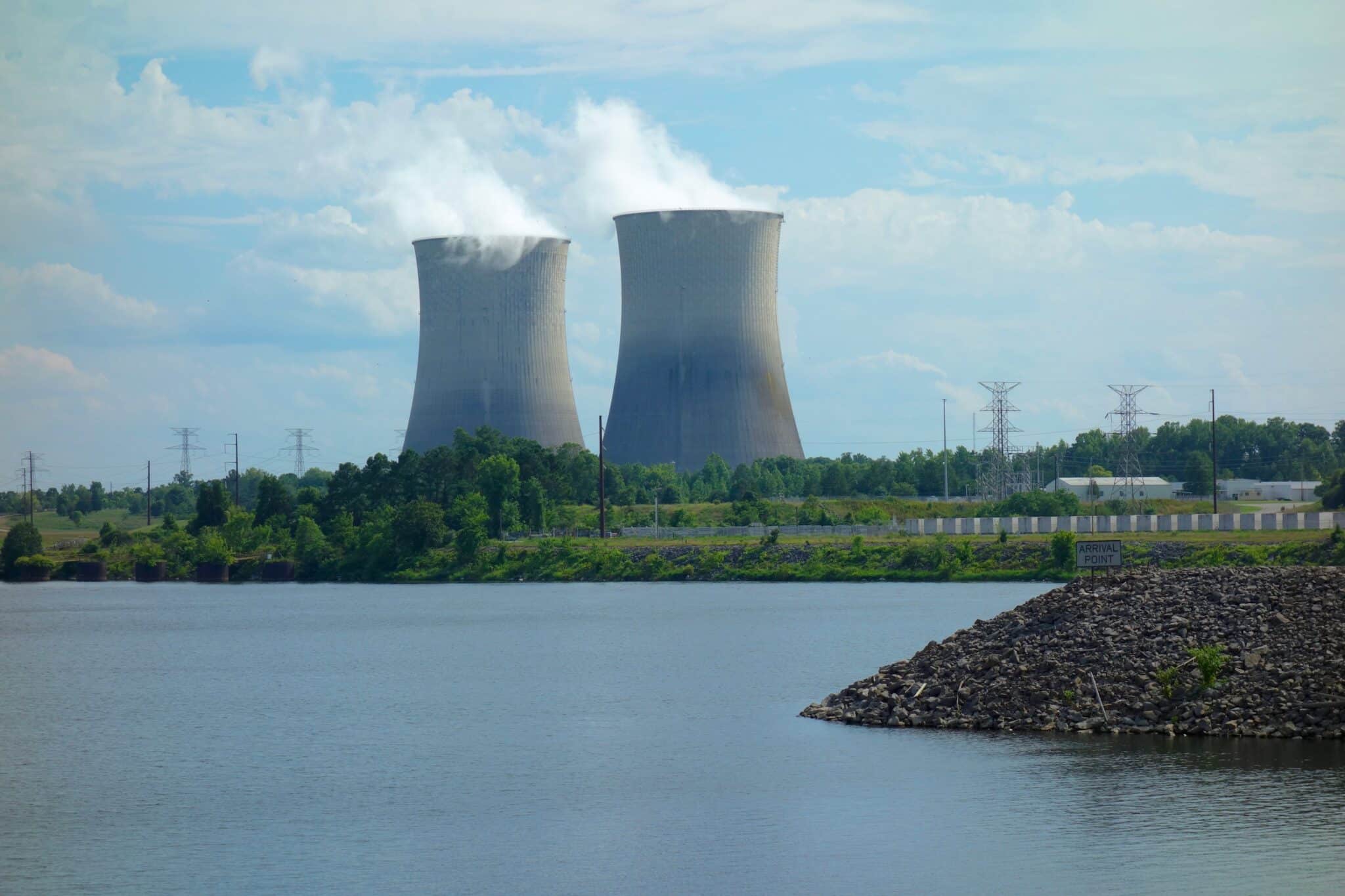In the waning days of summer, with Congress out of town on their August “recess,” we’ve been busy warning the federal government that mandating record levels of U.S. biofuels consumption during a time of already high consumer prices will only further increase our backyard BBQ costs—real food and fuel prices for all Americans. In public comment to the Environmental Protection Agency, we spotlighted ballooning taxpayer costs from forcing more ethanol, biodiesel, and other biofuels into U.S. transportation fuel through the federal Renewable Fuel Standard (RFS) mandate.
Forcing refiners to blend a set amount of biofuels each year is bad business. When the government decides to pick winners, taxpayers end up losing. Since its creation in 2007, the RFS has led to higher costs and a biofuels industry increasingly reliant on taxpayer-backed subsidies. The One Big Beautiful Bill Act (OBBBA) only added fuel to the fire—and we’re not talking about the kind you use to roast marshmallows.
When EPA released its proposed RFS biofuel mandates for 2026 and 2027 back in June, Congress had not yet passed the FY2025 reconciliation bill, aka OBBBA. Little did taxpayers know, OBBBA would protect biofuels—and a couple other of the usual special interest winners—while cutting most renewable energy subsidies enacted in the Inflation Reduction Act (IRA) of 2022. In true zombie fashion, OBBBA didn’t just resurrect biofuel tax breaks, it supercharged them. (We predicted this would happen. Alas, no silver bullets.)
Created in the IRA, the $8.4 billion 45Z Clean Fuel Production Credit was sold as a way to support low-carbon transportation fuels, but it had little detail on which fuels it would support. We warned it could do the opposite by subsidizing high-carbon corn ethanol and soy biodiesel—the very fuels lawmakers voted to stop subsidizing in 2011 and 2022.
OBBBA eliminated that uncertainty. It extended the 45Z tax credit and greatly expanded eligibility. Specifically, Congress prohibited the Treasury Department from accounting for the environmental impact—and associated emissions—of more land being farmed for biofuels production. See, when an acre of corn that previously fed humans or animals is now used to feed cars, the previous demand doesn’t disappear. Instead, other farmers grow the corn the market still demands, often by converting pasture or native, unplowed grassland into crop land. Accounting for increased emissions from this “indirect land-use change” provides a more accurate calculation of the carbon intensity of “clean fuels.” But now, Treasury is prohibited from doing so.
Everyone from the ethanol industry to conservative think tanks agrees these emissions are real. Pretending they don’t exist is a fiscal nightmare, opening the door to more 45Z tax credit claims. The Joint Committee on Taxation estimates that (1) ignoring the emissions from land conversion, and (2) extending the so-called “clean fuel” 45Z credit for two more years, will cost taxpayers an additional $25.7 billion over the next decade.
Congress cut a lot of programs in OBBBA—nutrition assistance, Medicaid—but biofuels were not only spared, they were put on a corn-fed diet. 45Z offers a sliding scale tax credit of $0.20 to $1.75 per gallon depending on how carbon intensive a fuel is. By eliminating indirect land-use change emissions from the calculation, companies can consume two to three times higher per-gallon subsidies—or more, if the industry succeeds in convincing the government that “climate-smart” farming practices deserve even more subsidies, whether or not there is evidence they actually improve the climate.
Problem is, the U.S. already requires fuel blenders to mix more than 20 billion gallons of biofuels into gasoline and diesel each year under the RFS. The mandate was supposed to increase energy security and promote “advanced” biofuels made from wood waste, corn cobs, and perennial grasses—not food crops like corn and soybeans.
Those industries never came to life, even with heavy subsidies. Still, the RFS at least acknowledged the environmental cost of converting grasslands and forests into farmland. Wishing away those emissions doesn’t make them disappear—it just leads to more taxpayer handouts for corn ethanol and soy biodiesel. And the irony is that the U.S. would produce ethanol regardless. Ethanol serves as an oxygenate in fuel, replacing MTBE, a toxic additive banned in 2005.
In 2011, nearly three-fourths of the Senate—Republicans and Democrats—agreed that both mandating and subsidizing ethanol was fiscally indefensible. That year, Congress ended the Volumetric Ethanol Excise Tax Credit (VEETC), which had been on the books since 1978. The ethanol industry survived just fine without subsidies for 13.5 years. Re-subsidizing it now is unlikely to increase production, create jobs, or grow the economy. But it will cost taxpayers tens of billions through 2029.
Taxpayers have industry lobbyists to thank.
In 2015, biofuel lobbyists convinced then-Agriculture Secretary Tom Vilsack to revive another subsidy—this time for ethanol blender pumps—even after Congress voted to end it in 2014. Vilsack earned a Golden Fleece award from us that year for using $100 million from the Commodity Credit Corporation to defy the will of Congress.
This isn’t new.
In our 1995 “Budget of the Living Dead” report (we’re celebrating our 30th anniversary this year!) we identified 13 zombie programs—including ethanol subsidies—that refused to die. The report fittingly quotes the late Rep. George Brown (D-CA):
“The first thing you learn around here is that nothing ever dies.”
If Congress and the Administration are serious about eliminating waste, lowering food and fuel prices, and reducing the national debt, they should start by killing off zombie biofuel subsidies—before they shuffle out of the woods again at next summer’s Camp Taxpayer.
- Photo by Tim Mossholder on Unsplash

